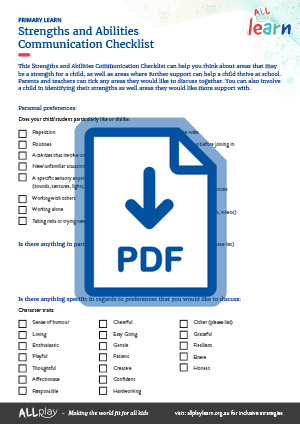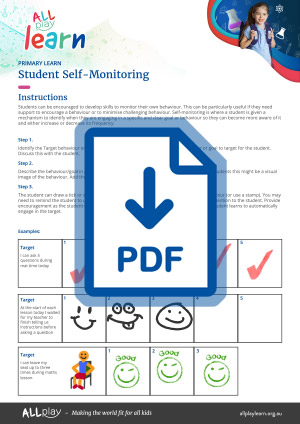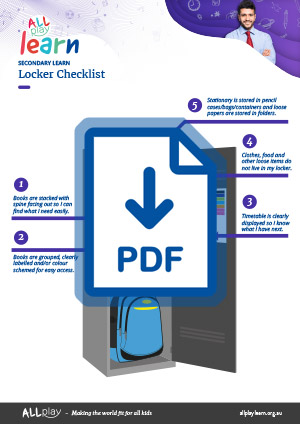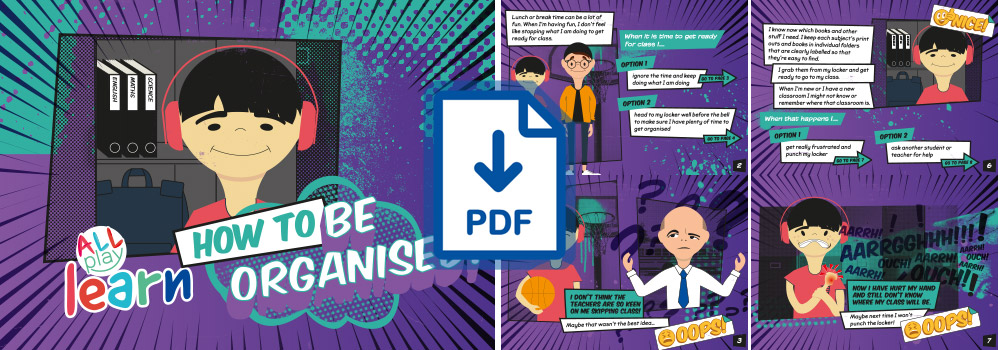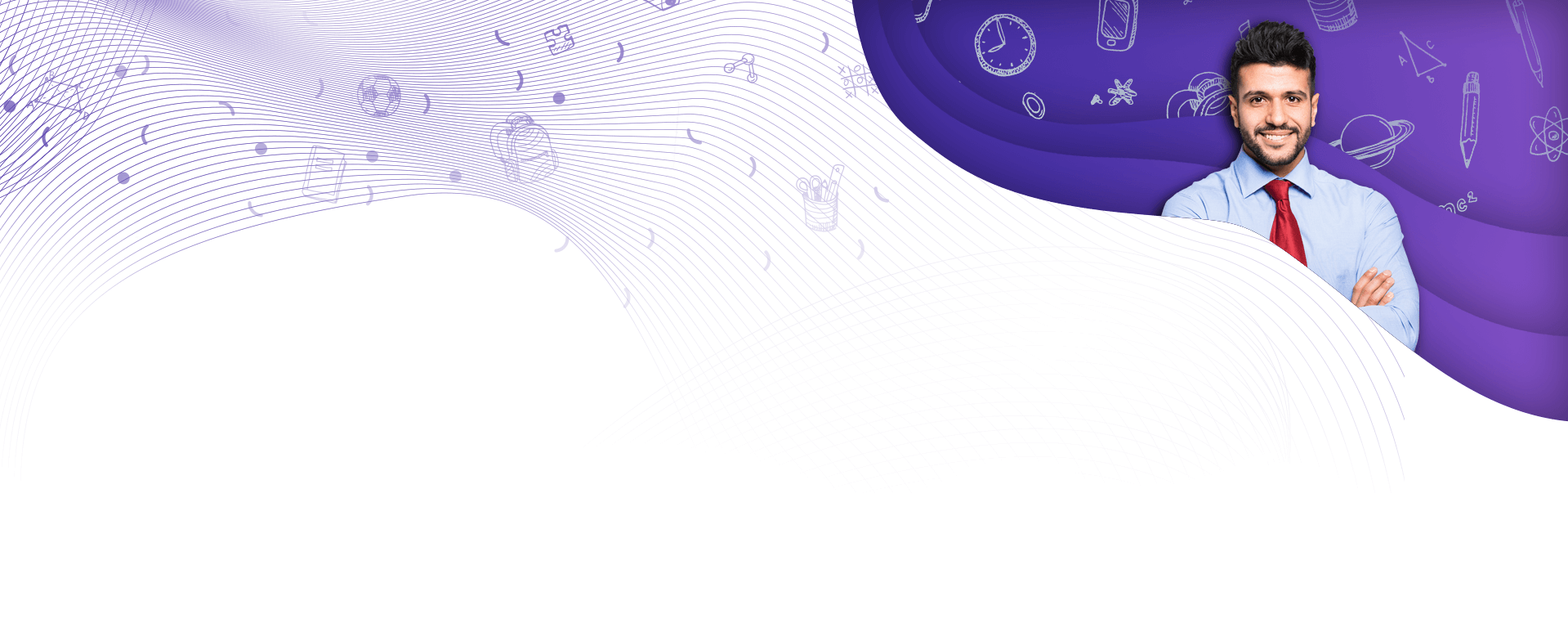
Attention-deficit/hyperactivity disorder (ADHD)
On this page:

About attention-deficit/hyperactivity disorder (ADHD)
Students with ADHD have different levels of attention, concentration, impulse-control and energy. While all students can have times where they struggle to focus or sit still, students with ADHD tend to experience this more frequently and significantly.
While ADHD can look different from one student to another, students with ADHD typically experience differences in one or more of these areas:
- Attention. They may lose focus when doing tasks or listening to their teachers speak. It can seem like their mind is elsewhere. It may appear that they don’t listen to instructions, or they may get easily distracted part way through a task. They may not pay close attention to detail and so can make ‘careless’ mistakes. Strategies that help reduce distractions, focus a student’s attention, or help them to stay on task are most relevant.
- Hyperactivity. Some students with ADHD may talk a lot, and find it uncomfortable to play quietly. They may fidget, appear restless, or become bored quickly. Some students may move around the classroom when they are expected to sit still. They may enjoy movement-based, active or hands-on activities that allow them to move or tap into their high activity levels.
- Impulsivity. Some students may act without thinking. This might mean they interrupt others, blurt out answers, or they may not wait their turn. Some students may take risks, or rush ahead without waiting for permission. They may have intense emotional reactions. Sometimes, these characteristics can make group work challenging and can impact a student’s friendships with others. Strategies that reduce distractions, and support regulation of emotions, behaviour and social interactions can help.
- Organisation, time management and planning. Some students may need support to acquire organisational skills. For example, they may lose track of their belongings and homework, and they may need support with task initiation (getting started on a task) or completing a task within a set period of time. Strategies that teach students skills to support organisation, time-management and planning can be helpful.
Some students with ADHD may have learned to 'mask' (hide or camoflage) their ADHD characteristics, which can have a negative impact on their wellbeing. Learn more about what masking may look like, and tips on how to support a student who is masking, in this brief overview.

Strengths
What might be some strengths?
- Students with ADHD may have similar thinking and communication skills to other students.
- They may show creativity, such as coming up with more imaginative ideas or thinking 'outside the box'. This may be shown non-verbally, using movement or drawing.
- Some have strong feelings of self-competence. They may become quite good at overcoming obstacles.
- Some students with ADHD may be good at doing what their teacher asks. A student may be able to answer back eagerly or help out with tasks quickly.
- Some students with ADHD may be excited to learn new things and might be more involved in their learning. They may be more willing to raise their hand and ask relevant questions.
Where might you provide support?
- Students with ADHD may sometimes look like they are ‘daydreaming’. It may appear that they are not interested in the activity. They may not respond straight away when their name is called.
- Some students may find extra support and time helpful as they read, write, do maths and learn new information.
- Give lots of guidance with assignments and homework. They may forget to write homework down or work on it at home. They may also lose worksheets or bring the wrong books and papers to class. They may not hand in finished homework on time.
- Sitting still at their desks for long periods of time can be uncomfortable. They may call out, fidget, leave their seats or talk to their classmates.
- They may need support to manage their emotions. Their relationships with other kids and teachers can be affected if they forget to follow rules or take turns.
- All these areas can affect how students with ADHD view themselves. They may need support and encouragement to help them feel positive about themselves.

Evidence-based strategies
Consider how you communicate
Modify the environment
Structure classes
Tailor activities to be as inclusive as possible
Provide feedback
Support students to self-manage
Teach academic skills
View an example demonstrating how a teacher can use a strengths-based approach to apply evidence-based strategies to support a student with ADHD.

Best practice tips
Alternate activities
Get student feedback
Teach social skills
Coaching system
Use the ABC approach
Build a positive relationship with students
Promote self-determination
- Use the ABC approach to support students with regulating their behaviour. Visit AllPlay Learn’s guide about the ABCs of Behaviour to learn more.
- High quality relationships between students and teachers can help learning and socio-emotional outcomes. Sensitive and responsive teachers who are kind, approachable and easy to talk to are key.
- Promote self-determination. Empower and teach students to make simple choices, set goals, be independent, and develop problem-solving abilities. Use technology as needed.

Curriculum considerations
- Some students with ADHD are highly creative and may enjoy and excel in Technologies.
- Some students may be motivated by technology.
- They may find it easier to understand and complete tasks in other learning areas that integrate design and digital technologies.
- Refer to Tailor activities, and vary teaching formats.

Other considerations
Safety
Behaviour
Excursions/camps
Friendships
Homework
Classroom transitions
Wellbeing
Transitions
Other co-occurring conditions

Relevant resources
Visit our resources page for a range of resources that can help to create inclusive education environments for students with disabilities and developmental challenges. Some particularly relevant resources for students with ADHD include:

